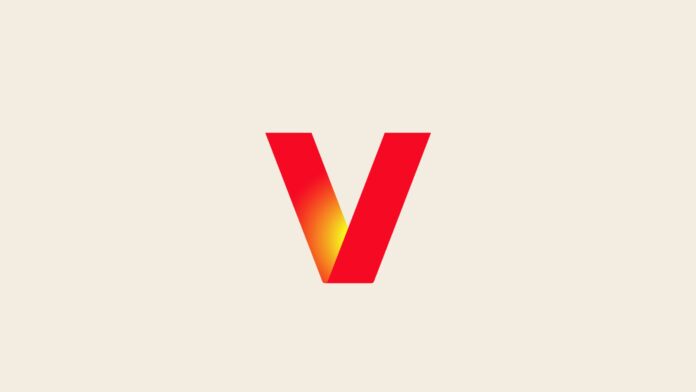At the MoffettNathanson conference, Verizon Consumer Group CEO outlined a dual-engine plan to scale fiber and FWA while turning cable MVNOs into profit-friendly allies
At the recent MoffettNathanson conference, Sowmyanarayan Sampath, CEO of Verizon Consumer Group, detailed the operator’s evolving strategy across wholesale partnerships, broadband convergence and infrastructure expansion.
Three key themes emerged:
Cable MVNOs: More partner than threat
Sampath addressed the complex relationship with cable companies operating as mobile virtual network operators (MVNOs) on Verizon’s network. He emphasized that while these partners do compete in the wireless space, they also contribute significantly to Verizon’s service revenue and EBITDA growth. Importantly, Verizon experiences lower-than-average customer losses to these MVNOs, making the partnerships net accretive in terms of both margin and revenue. This is partly because cable MVNOs target market segments that differ from Verizon’s primary postpaid customer base.
“They’re a very important strategic partner of ours,” said Sampath. “We work very hard and will continue to work very hard to ensure that we are their first choice, and the only choice, for mobile connectivity. So it’s a very deep strategic relationship that we have with our cable partners.”
Verizon benefits from this arrangement in several ways. According to Sampath, cable MVNOs tend to serve segments and geographies where Verizon has limited direct presence. “They go after certain segments. They have certain distribution. They play in parts of the market we may not have a presence in,” he said. “So net-net, it’s actually a gain for us because it’s… complementary to our overall distribution.”
Importantly, Verizon also sees relatively low subscriber churn to its cable MVNO partners —suggesting that the coexistence strategy is working. “Based on third-party results, we see that we tend to lose significantly less than our fair share to them,” Sampath noted. “That means the complementary strategy I spoke about is working really well.”
That said, Verizon continues to compete directly with these same players at the retail level. “On the retail side, we compete with them,” Sampath added, acknowledging the dual nature of the relationship.
Wireless and FWA convergence
Verizon is doubling down on the convergence of wireless and fiber as a cornerstone of its long-term broadband strategy. According to company leadership, 16% of its base is currently converged — a figure the operator expects to double over the next few years. “We see an uplift in wireless when we have fiber,” Sampath said. “We have very strong performance on convergence.” He added that 16% of the telco’s base is converged and it expects that to double in the next few years.
The company’s approach to convergence is anchored on two fundamental pillars, according to Sampath: expanding its fiber footprint and leveraging Fixed Wireless Access (FWA). Verizon plans to reach between 35 million and 40 million homes with fiber, while FWA serves as a flexible tool to extend broadband coverage to as many as 100 million homes across the U.S.. “There’s no other carrier who can comfortably say that they can cover up to 100 million homes of broadband over a period of time,” he claimed. By segmenting its broadband offerings effectively between fiber and FWA, Verizon aims to maximize reach while ensuring performance.
Beyond coverage, Verizon is seeing tangible business benefits from bundling mobility with home broadband. In areas where wireless and fiber are combined, churn drops between 40% and 50% on the fiber side, and wireless share increases by 400 to 500 basis points. “All the metrics that are important for convergence are going in the right direction for us,” Sampath added.
Fiber and FWA form a dual-engine strategy
More broadly, Verizon anticipates that FWA will grow from 10% to potentially 20% of the total broadband market in the coming years, reflecting strong momentum in non-fiber connectivity. At the same time, the company is accelerating its fiber buildout — planning 650,000 new open-for-sale Optical Fiber services (OFS) homes this year, even before factoring in additional footprint from the Frontier transaction.
Notably, fiber deployment is becoming more cost-effective. “Year-over-year, we are seeing a 10% reduction in cost per prem cost, which is really helpful,” said Sampath, adding AI-driven tools have lead to further route optimization. Still, labor remains half of the total cost.
Together, fiber and FWA give Verizon a balanced strategy to grow coverage while maintaining control over cost and quality.

